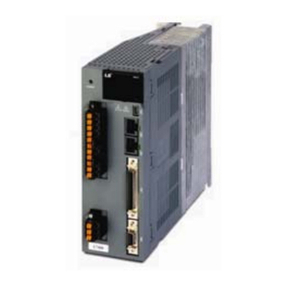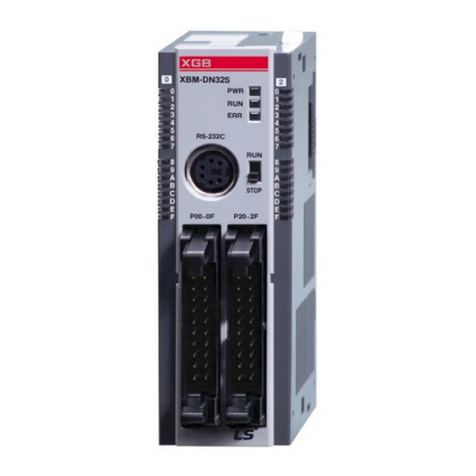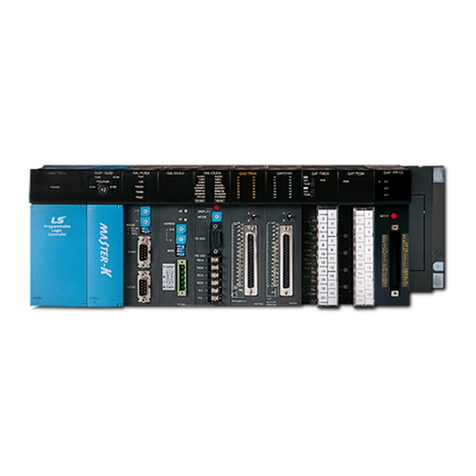LSIS MASTER-K200S Owner's manual
Other LSIS Controllers manuals

LSIS
LSIS XDL-L7NH Series User manual
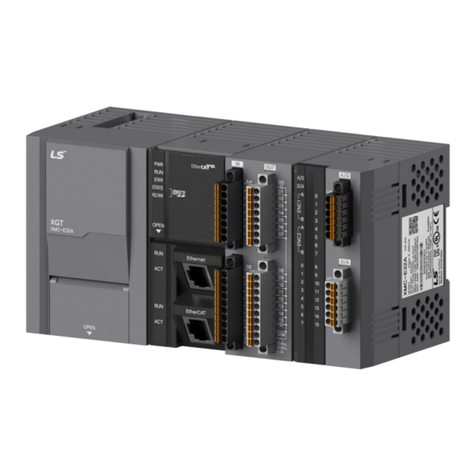
LSIS
LSIS XGT Series User manual
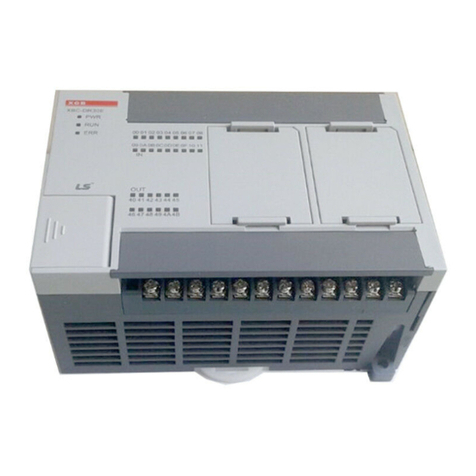
LSIS
LSIS XBC-DR20SU User manual
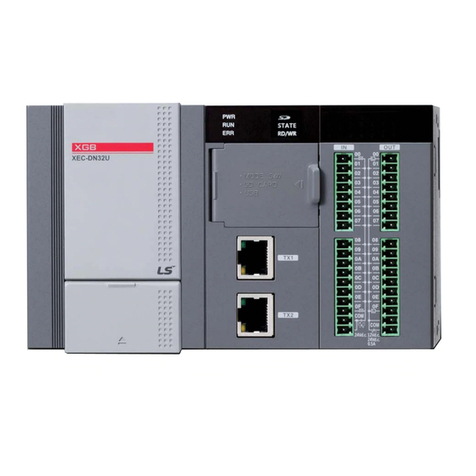
LSIS
LSIS XBC-DN32U User manual

LSIS
LSIS XGT Series User manual
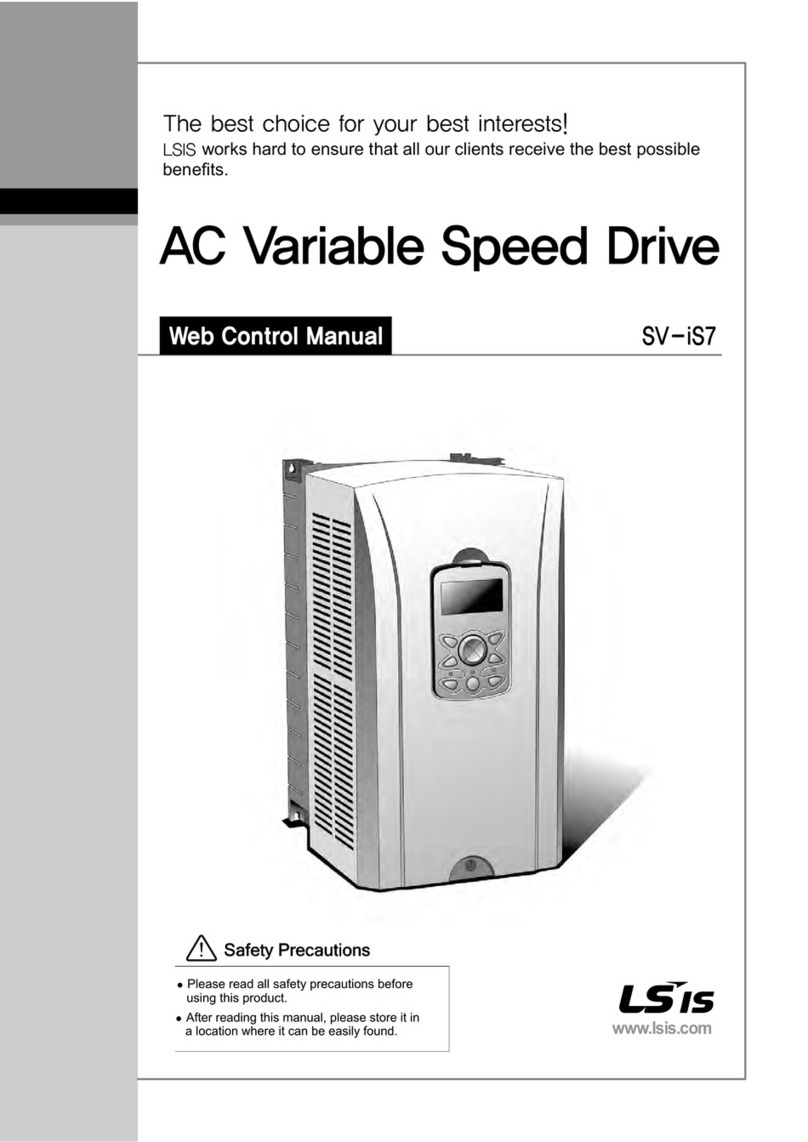
LSIS
LSIS SV-iS7 series User manual

LSIS
LSIS XGT Series User manual
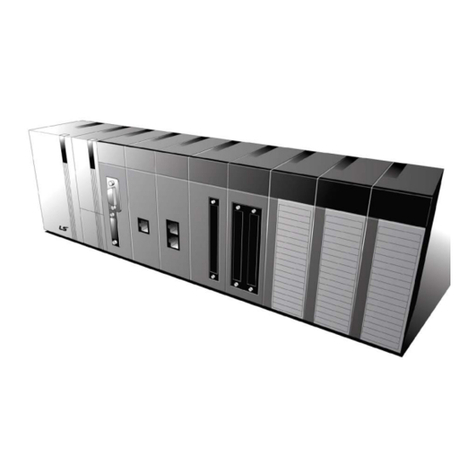
LSIS
LSIS XGL-CH2A User manual
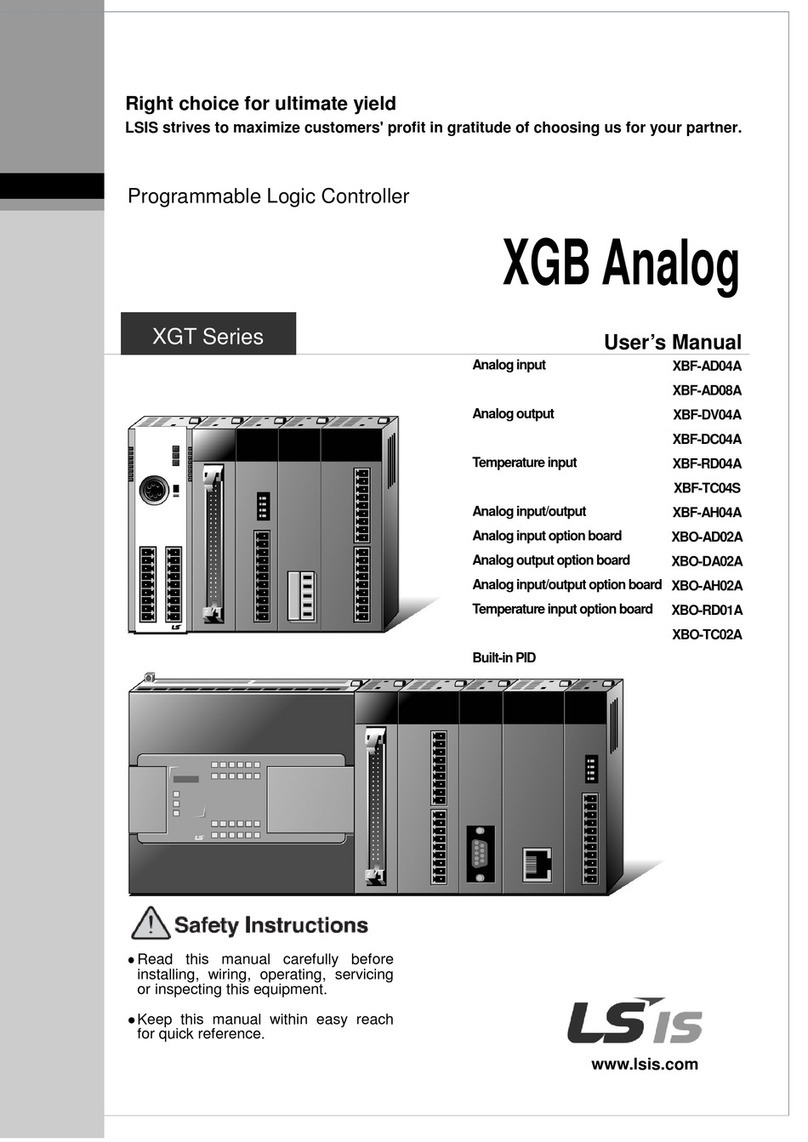
LSIS
LSIS XBF-AD04A User manual

LSIS
LSIS XGT Series User manual

LSIS
LSIS sv-ip5a User manual

LSIS
LSIS XGT Series User manual

LSIS
LSIS XGT Series User manual

LSIS
LSIS XGT Series User manual
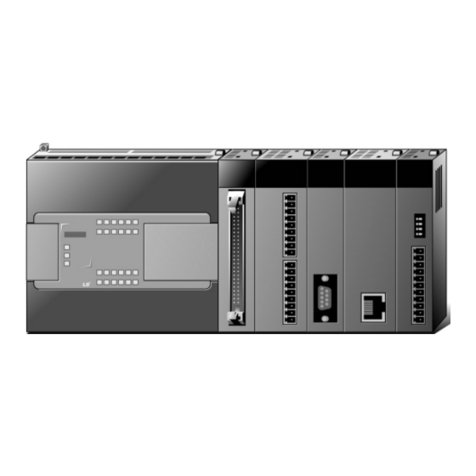
LSIS
LSIS XEC-DR32H User manual
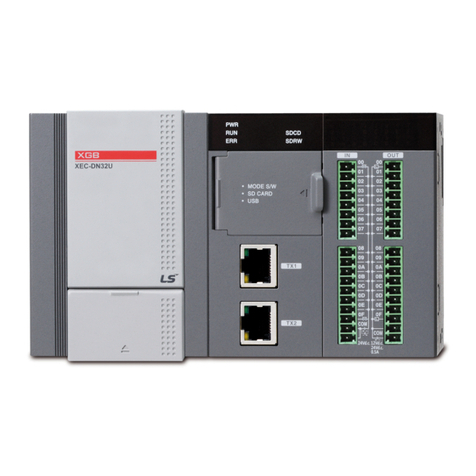
LSIS
LSIS XEC-DN32U User manual

LSIS
LSIS XGT Series User manual

LSIS
LSIS XGL-EFMT User manual

LSIS
LSIS XGT Series User manual
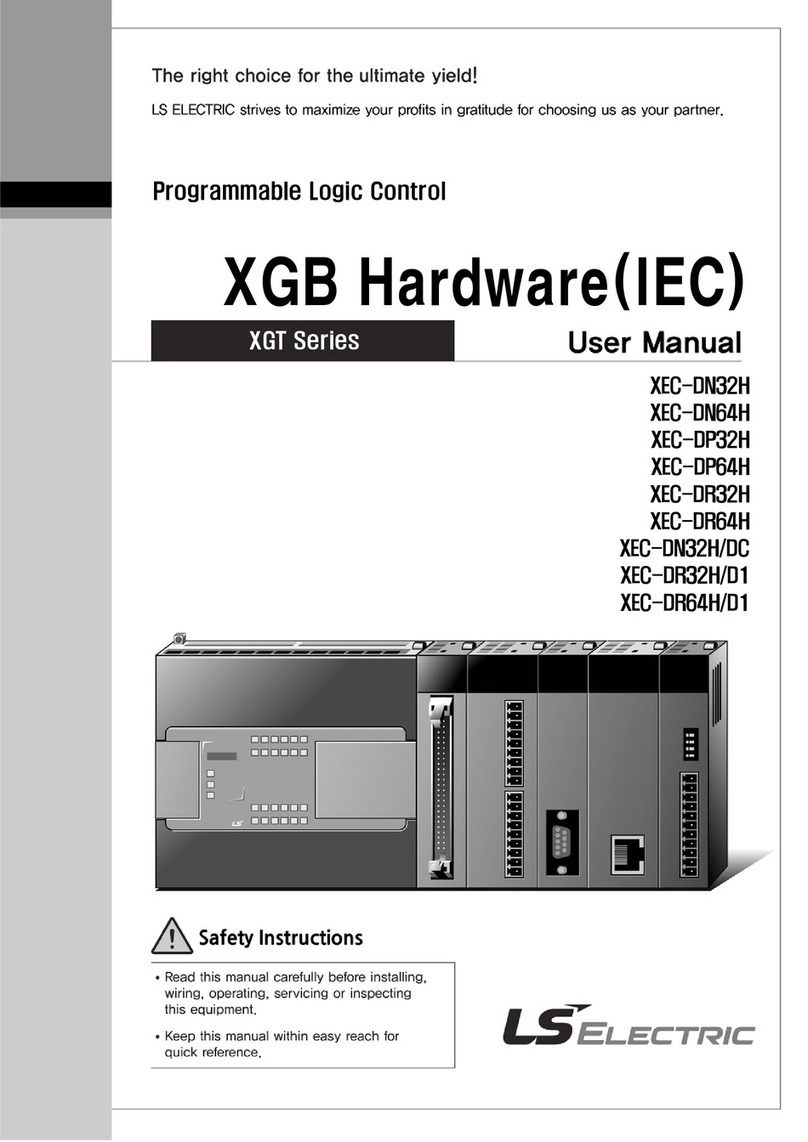
LSIS
LSIS XEC-DN32H/DC User manual
